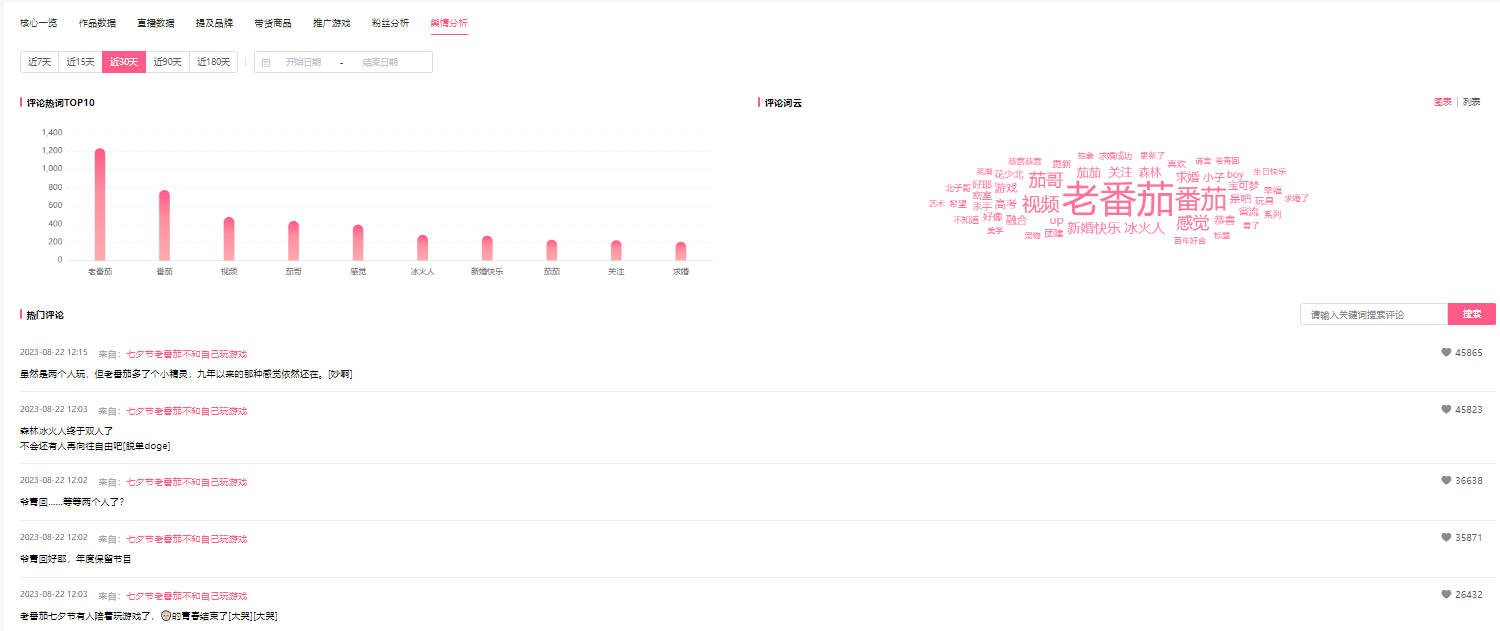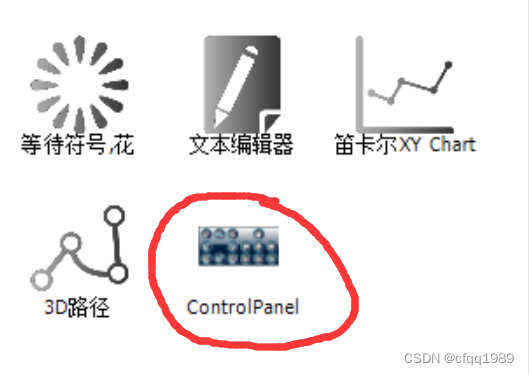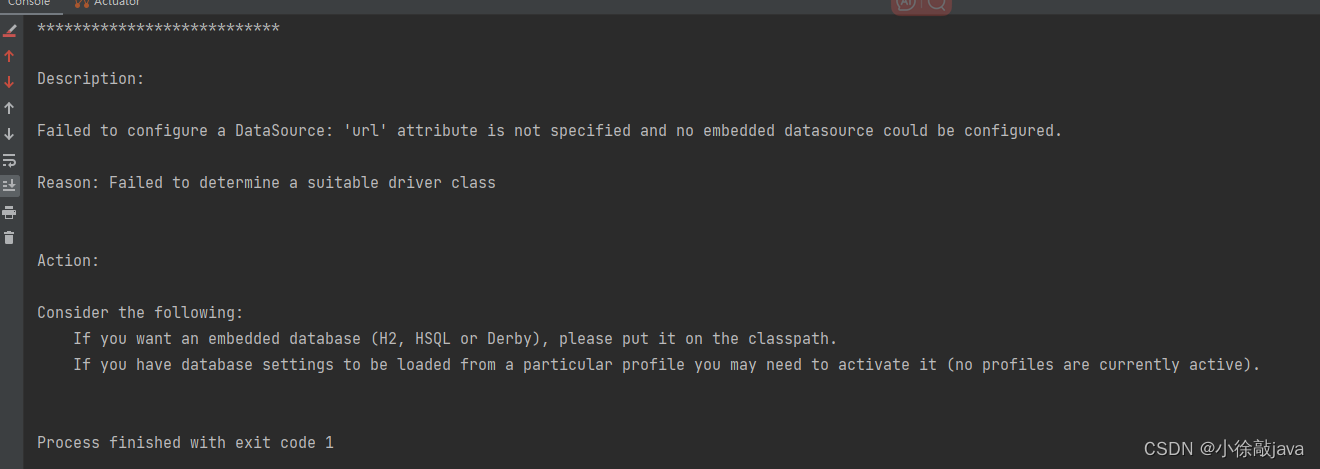
在Vue.js中,$ref是一个特殊的属性,用于访问Vue组件中的DOM元素或子组件实例。它允许你直接访问组件内部的DOM元素或子组件,并且可以在需要时进行操作或修改。以下是有关$ref的详细介绍和示例演示,给大家做一个简单的介绍和概念区分。
使用$ref属性访问DOM元素
-
在模板中添加
ref属性:首先,在你的Vue组件模板中,你可以通过在DOM元素上添加
ref属性来标识这个元素。例如:<template> <div> <button ref="myButton">点击我</button> </div> </template> -
访问DOM元素:
然后,你可以通过
this.$refs对象来访问标识为ref的DOM元素。在Vue组件的JavaScript部分,可以这样做:export default { mounted() { // 访问DOM元素 const buttonElement = this.$refs.myButton; // 对DOM元素进行操作 buttonElement.style.backgroundColor = 'blue'; } }
使用$ref属性访问子组件实例
除了访问DOM元素,$ref还可以用于访问子组件的实例。这对于在父组件中与子组件进行通信非常有用。
-
在父组件中添加
ref属性:在父组件的模板中,可以使用
ref属性来引用子组件的实例。例如:<template> <div> <child-component ref="childRef"></child-component> </div> </template> -
访问子组件实例:
然后,你可以通过
this.$refs对象来访问子组件的实例。在父组件的JavaScript部分,可以这样做:import ChildComponent from './ChildComponent.vue'; export default { components: { ChildComponent }, mounted() { // 访问子组件实例 const childInstance = this.$refs.childRef; // 调用子组件的方法 childInstance.doSomething(); } }
这些示例演示了如何使用在Vue.js中,
r
e
f
‘
是一个特殊的属性,用于访问
V
u
e
组件中的
D
O
M
元素或子组件实例。它允许你直接访问组件内部的
D
O
M
元素或子组件,并且可以在需要时进行操作或修改。以下是有关
‘
ref`是一个特殊的属性,用于访问Vue组件中的DOM元素或子组件实例。它允许你直接访问组件内部的DOM元素或子组件,并且可以在需要时进行操作或修改。以下是有关`
ref‘是一个特殊的属性,用于访问Vue组件中的DOM元素或子组件实例。它允许你直接访问组件内部的DOM元素或子组件,并且可以在需要时进行操作或修改。以下是有关‘ref`的详细介绍和示例演示。
使用$ref属性访问DOM元素
-
在模板中添加
ref属性:首先,在你的Vue组件模板中,你可以通过在DOM元素上添加
ref属性来标识这个元素。例如:<template> <div> <button ref="myButton">点击我</button> </div> </template> -
访问DOM元素:
然后,你可以通过
this.$refs对象来访问标识为ref的DOM元素。在Vue组件的JavaScript部分,可以这样做:export default { mounted() { // 访问DOM元素 const buttonElement = this.$refs.myButton; // 对DOM元素进行操作 buttonElement.style.backgroundColor = 'blue'; } }
使用$ref属性访问子组件实例
除了访问DOM元素,$ref还可以用于访问子组件的实例。这对于在父组件中与子组件进行通信非常有用。
-
在父组件中添加
ref属性:在父组件的模板中,可以使用
ref属性来引用子组件的实例。例如:<template> <div> <child-component ref="childRef"></child-component> </div> </template> -
访问子组件实例:
然后,你可以通过
this.$refs对象来访问子组件的实例。在父组件的JavaScript部分,可以这样做:import ChildComponent from './ChildComponent.vue'; export default { components: { ChildComponent }, mounted() { // 访问子组件实例 const childInstance = this.$refs.childRef; // 调用子组件的方法 childInstance.doSomething(); } }
这些示例演示了如何使用$ref属性来访问DOM元素和子组件实例,以及如何与它们进行交互。请注意,$ref的使用应该小心谨慎,尽量避免在大型应用中滥用它,因为它可能导致代码变得难以维护。在大多数情况下,推荐使用Vue.js的数据绑定和事件传递机制来进行组件间的通信和操作。
上面我们只是介绍了一下简单的使用,下面我们稍微难度升级,做一个高纬度的整合:
$ref属性在Vue.js中主要用于访问DOM元素和子组件实例,但也可以用于一些复杂的使用情况,例如:
-
表单验证:你可以使用
$ref来访问表单元素,以便在提交表单之前进行客户端验证。例如:<template> <div> <form ref="myForm" @submit="submitForm"> <input type="text" ref="inputField" required> <button type="submit">提交</button> </form> </div> </template>export default { methods: { submitForm() { // 访问表单和输入字段 const form = this.$refs.myForm; const input = this.$refs.inputField; if (form.checkValidity()) { // 表单验证通过,执行提交操作 // ... } else { // 表单验证失败,处理错误 // ... } } } } -
动态渲染组件:你可以使用
$ref来动态渲染和控制子组件。例如,根据某些条件来渲染不同的子组件:<template> <div> <button @click="toggleComponent">切换组件</button> <component :is="currentComponent" ref="dynamicComponent"></component> </div> </template>export default { data() { return { currentComponent: 'ChildComponentA' }; }, methods: { toggleComponent() { // 根据条件切换子组件 this.currentComponent = (this.currentComponent === 'ChildComponentA') ? 'ChildComponentB' : 'ChildComponentA'; // 访问动态渲染的子组件实例 const dynamicComponent = this.$refs.dynamicComponent; // 可以调用子组件的方法或访问其属性 dynamicComponent.doSomething(); } } } -
操作第三方库:如果你需要与第三方JavaScript库集成,可以使用
$ref来访问库中的DOM元素或实例化对象。例如,与图表库或地图库集成:<template> <div> <div ref="chartContainer"></div> </div> </template>export default { mounted() { // 初始化图表库,并将其绘制到DOM元素中 const chart = new Chart(this.$refs.chartContainer, { /* 配置选项 */ }); chart.draw(); } }
以上,就是我们对于vue 当中的 $ref 属性的讲解。
在写这篇文章之前,我已经对于
vue有了一定的了解和使用,但是,并没有对于这些关键属性进行深层次的理解,导致有时候会遇到一下类似问题,看来避重就轻实不可取的,希望大家可以他是走过每一步,我们一起前进!!!


















